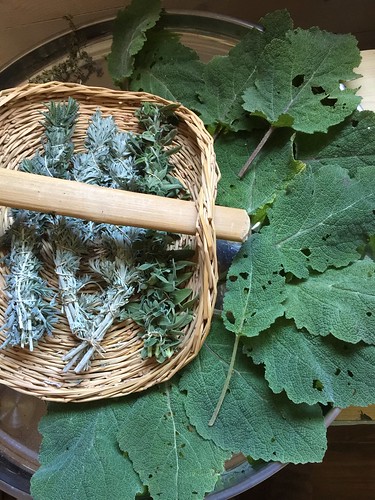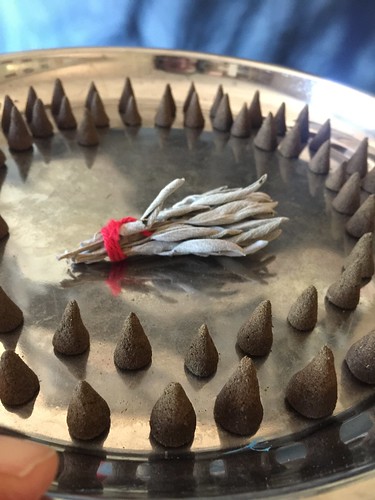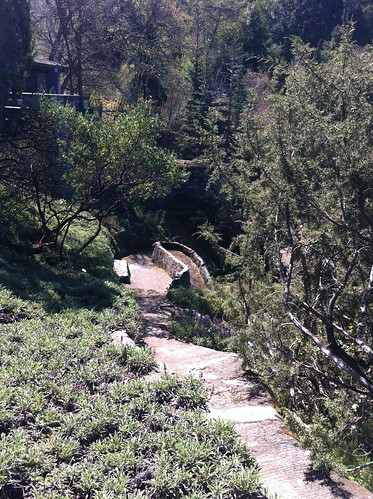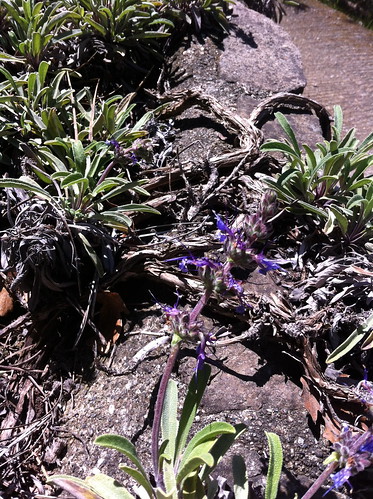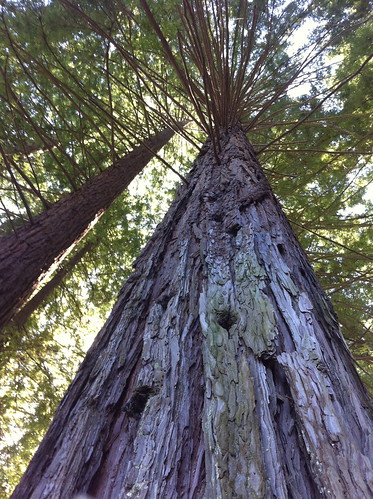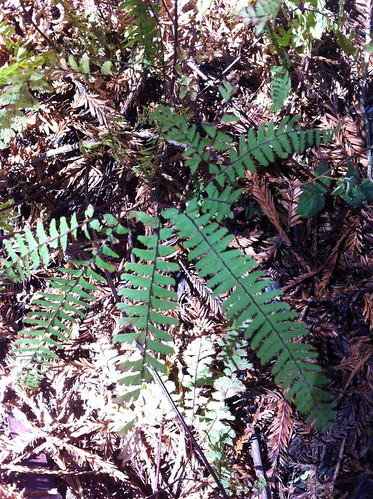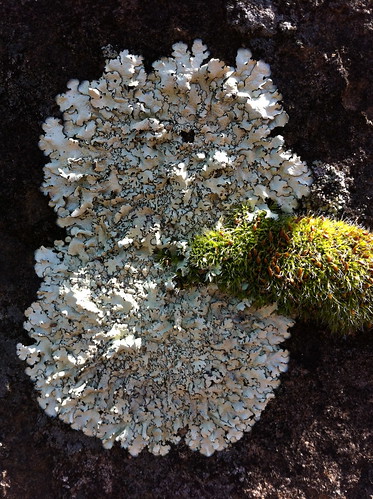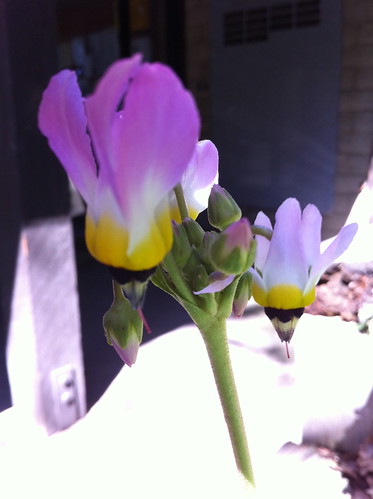Weaving Incense
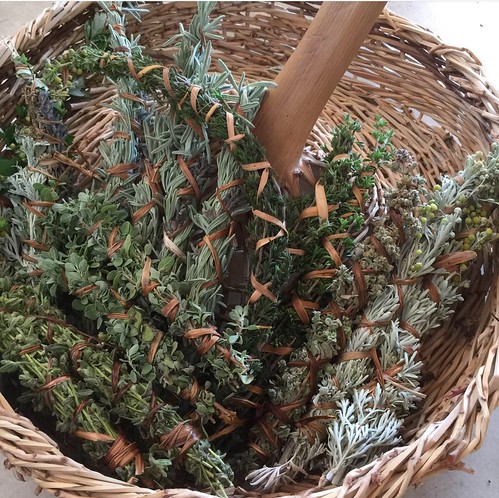
What happens when my passion for incense and weaving come together? Smudge wands!
This summer I've started preparing incense wands from the many medicinal herbs from my garden on the mountain, bound with botanical fibres from magical leaves. I've prepared several types from practically all the aromatic medicinal plants I grow. Each is bound with a long leaf that resonates with its properties, and creates a more sustainable wand than you'd get from binding them with cotton, for example (cotton takes up a lot of water to grow, and is mostly grown in desert-like areas where water is very much needed, such as Israel and Egypt).
There is a reason for preparing these wands from local plants, rather than using the traditional First Nations plants such as sagebrush, cedar leaves or white sage. It actually aligns much more authentically with the First Nation philosophy of using the local plants that are available to us in our environs. These are the medicine we need for this time and place. Here are a few words about the smudging properties of each:
The most incredible cleansing medicinal herb we have around. Ezov (the Hebrew name for the plant) was mentioned in the bible as a cleansing and protective herb more than once. When burnt it produces an incredibly clean aroma and balanced that is one of the most pleasant-smelling smudging I've experienced. It is clean burning also because it burns thoroughly. You will actually need to put this out if you don't want the whole wand to go on fire in one sitting.
The local variety of sage burns like many sages - with a lot of smoke and an earthy, somewhat pungent smoke. It is definitely the answer for whenever white sage (Salvia apiana) is called for. Although the scent is less delicate than za'atar, it is invaluable for whenever a space needs to be cleared and protected, and also provide grounding for the people in its presence.
Resinous and earthy, sharp varthemia is an incense on and of its own. Musky, earthy, ambery-sweet, and, well, incense-like! It is a medicine for the heart, both literally and metaphorically. Use it as a soothing balm in that sense.
Similar aromatic and healing properties to Za'atar, but sharper and earthier. Satureja also contains large amounts of thymol, and is an anti-fungal and anti-microbial herb. It also burns a little slower than za'atar.
Creates a reassuring, warm-herbaceous and slightly animal note when burnt. Rosemary is known as a powerful aid for memory and a clarity of mind. Its lesser known property is assisting in dealing with painful emotions from the past, and supporting the process of embodiment, which is key in healing traumas associated with the body or emotional trauma that has gotten stuck in the body.
Marjoram (Origanum marjorana)
Also cleaning and clean-smelling, in the same genus as the common oregano and the za'atar (Biblical Hyssop), but also shares properties with that of tea tree of all things. It is simultaneously a fungicidal, anti-microbial and anti-viral. The scent is a bit more floral than tea tree, and also goes well with lavender (so you could burn the two simultaneously).
More refined and floral than the other herbs. Lavender has a clean, woody-floral aroma that transfers surprisingly well even into this primitive form of incense burning. Clears the mind and spirit and creates a calm, peaceful space.
Also known as Motherwort, mugwort (Artemisia vulgarisms) is related to wormwood but is much milder and less smoky and pungent. Strongly associated with the moon and with feminine energies.


